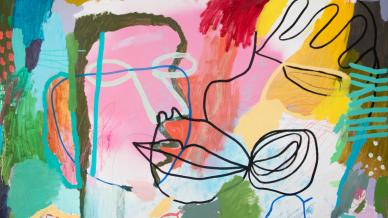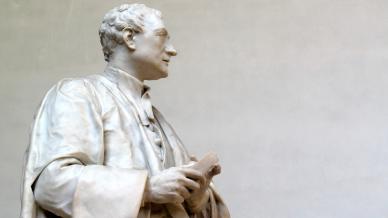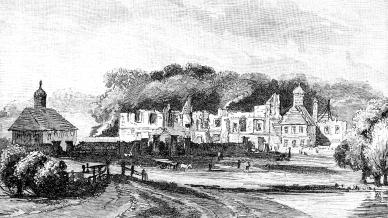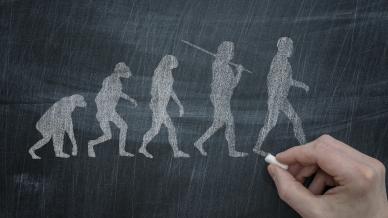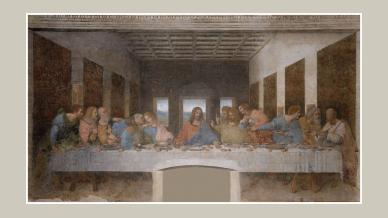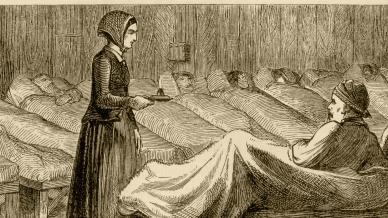Dominated by straight white Western men, the art scene has an undeniable history of homophobia. This fear of difference has involved not only suspicion and intolerance but also the persecution of those living outside of expected orientations.
The good news is that there is more acceptance today than perhaps ever before. People within the art world are becoming more aware of the need to be inclusive and accessible. Queer art history is more widely written about, exhibited and celebrated. The term queer itself was once a derogatory label but is now being reclaimed.
The most recent Turner Prize, the best-known art award in the country for living artists, provided a platform for artists from the LGBTQ+ community, which shows the growing acceptance. Arts Council funding is increasingly targeted towards types of identities which aren't traditionally represented.
Of course, this growing open-mindedness wasn’t true for all of art history. LGBTQ+ artists were marginalised or written out altogether. In some cases their sexual identities were downplayed or interpreted as heterosexual.
We mustn’t get carried away by recent progress. There is a real danger that art historians view the identity and sexuality of past artists through a 21st Century lens. Michelangelo, for example, is often held aloft as an iconic gay man. His beautiful nude David is celebrated as the poster boy of queer Renaissance artist. But is that a realistic appraisal – or a modern confection?
While there are indications that Michelangelo was indeed gay – especially in his less-well-known poetry – we should be cautious about casting him as a subversive champion of LGBTQ+ rights.
He is praised by some historians for showing the courage to depict men kissing in the Last Judgment fresco that looms over the altar of the Sistine Chapel. Yet, the notion that Michelangelo used stealth to project his own views on sexuality into the inner sanctum of the Vatican – literally behind the back of the Pope – feels more of a present-day projection.
Such theories fail to account for the culture of the time. Sexual identity and orientation were more fluid in the 16th Century. The labels weren’t yet printed. Renaissance Italy was far more tolerant of same-sex relationships than later generations, especially among the artistic community. Besides, the souls of the kissing men in the painting are being confined to hell, not heaven.
Look outside the frame
Had Michelangelo lived in the 19th and 20th Centuries, he may have restricted his art to fit within contemporary ideals. The English artist Simeon Solomon was at first encouraged by the Pre-Raphaelite circle in the 1860s for depicting same-sex lovers – but then alienated as a convicted homosexual. He would live the rest of his days as an alcoholic in a London workhouse. Solomon crossed the line.
Until recently, alternative sexualities in art needed to stay covert for the works to be accepted. Andy Warhol is now celebrated as a gay icon, but he initially struggled to make his mark in the US art world because, just like Michelangelo, he painted images of men kissing. Around the same time, Francis Bacon’s works showed young men together, but in a less literal approach, and so he was viewed as less transgressive. He stayed the right side of the line.
It's unfair to compare different LGBTQ+ artists and say that one was braver or more determined than another. So much depends on the political context and societal norms in which they lived.
Queer art has come a long way in the last few decades. Exploring different gender and sexual identities used to be controversial, but now it's more mainstream. That’s a good thing. But let’s not pretend there isn’t still a long way to go for all forms of queer identities to be accepted and celebrated. Too many stories are still missing from art history.
Inspired?
For more food for thought, why not become a member for £15 a year and enjoy our weekly online lectures. Learn more here.
